Cultural Heritage Conservation Science Center
HAM Chulhee
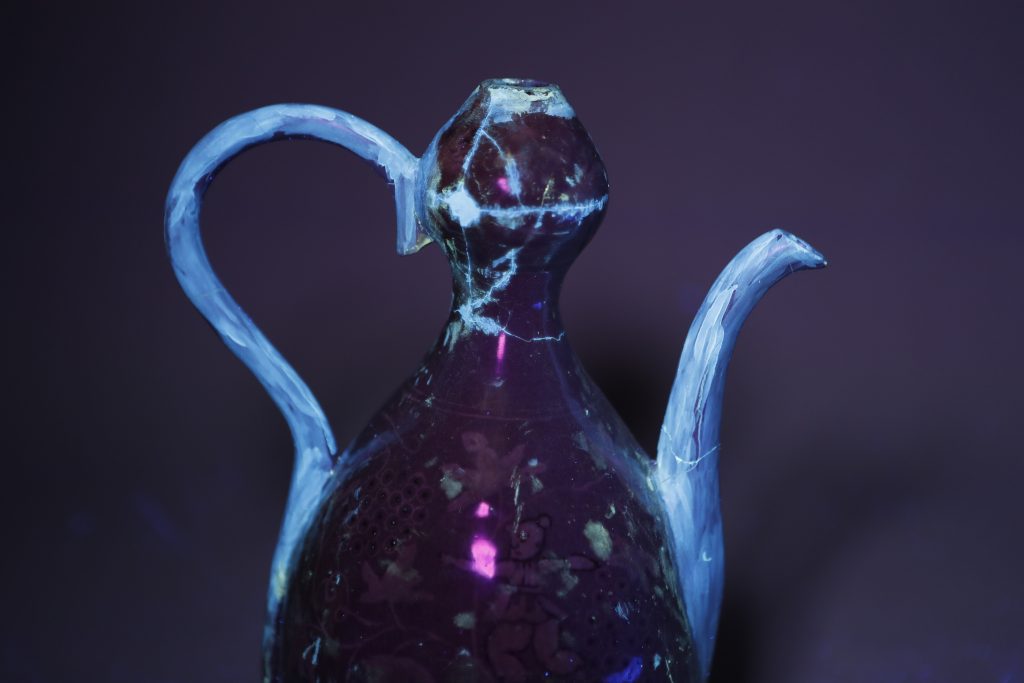

Marvel allows us to delve into the past of cultural heritage artifacts without damaging them by using light. This article will introduce nondestructive testing methods used for earthenware and pottery. These technologies can be used to evaluate such artifacts without causing them damage, before the application of conservation treatment.


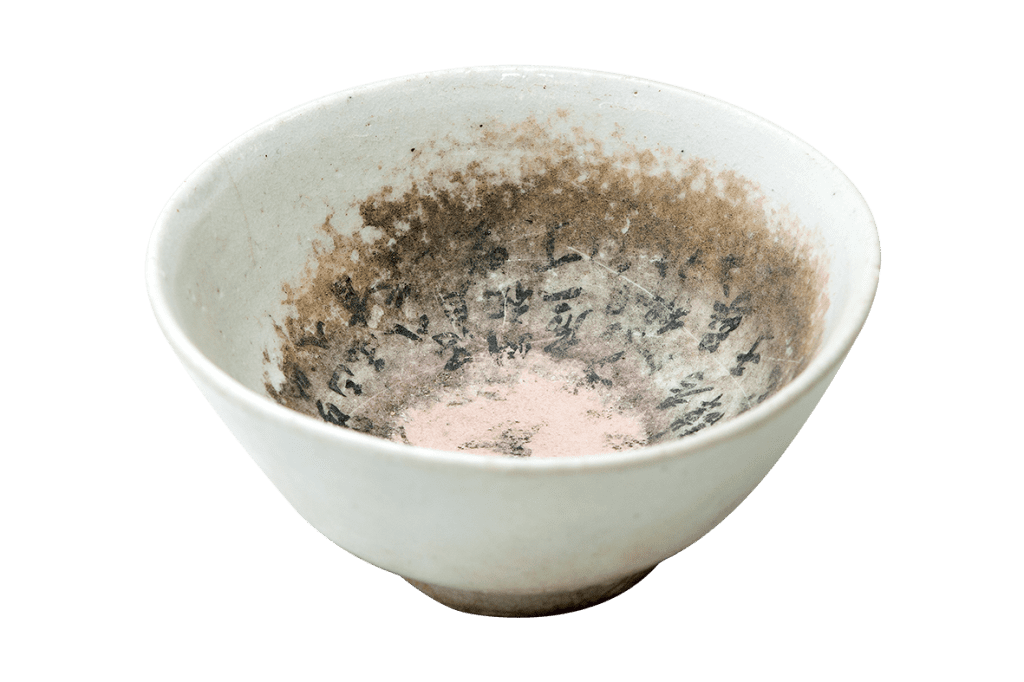



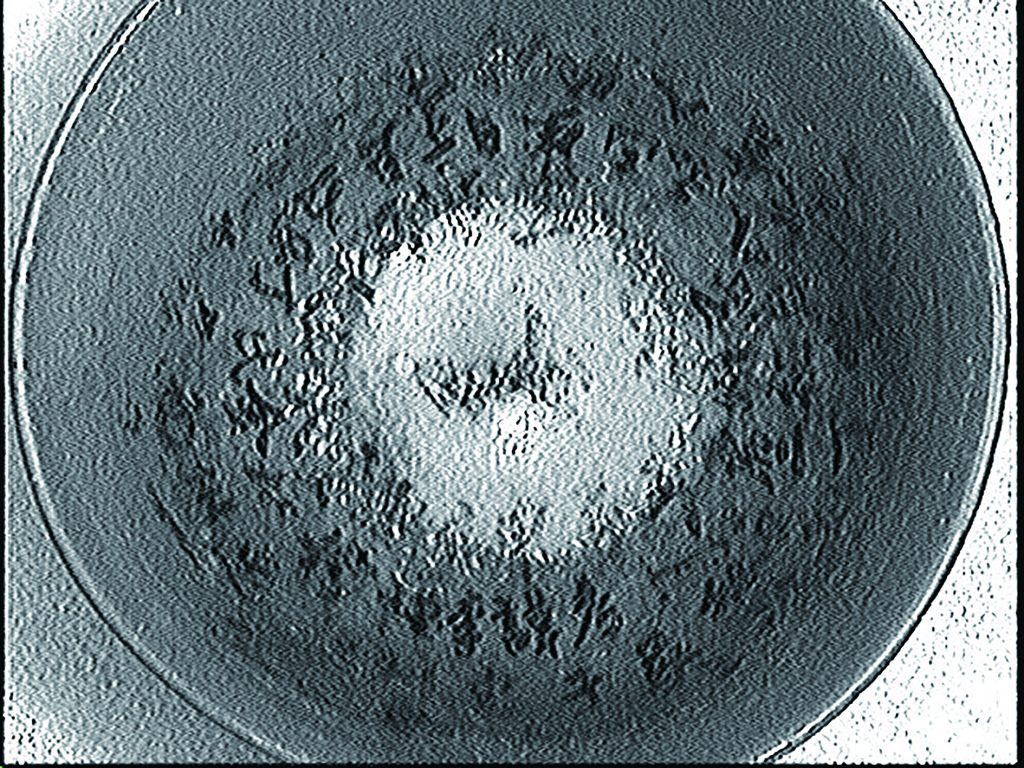

Electromagnetic Waves, a Window into the Rich past of Cultural Heritage
Light consists of a series of electromagnetic waves. The human eye can only detect visible light with wavelengths of 380–780 nm. As such, researchers can expose artifacts to lights with diverse wavelengths, in the order from the shortest to longest, to X-rays (0.01–10 nm), ultraviolet rays (10–400 nm) and infrared rays (750 nm – 1 mm). This enables the detection of characteristics invisible to the naked eye, thereby allowing experts to identify hidden traces as well as the existence or lack of prior restoration work.
Infrared Rays
Infrared testing utilizes the infrared radiation given off by objects. It is often used to identify, for instance, the underlying sketches of a painting and texts written on wooden tablets.
Ultraviolet Rays
Adhesives and other materials used for cultural heritage restoration are fluorescent materials that absorb external radiation and produce visible light. As such, exposing UV rays to artifacts can allow experts to identify the condition of their contamination and adhesion, which is useful for the tracing and monitoring of transformations in restored parts.
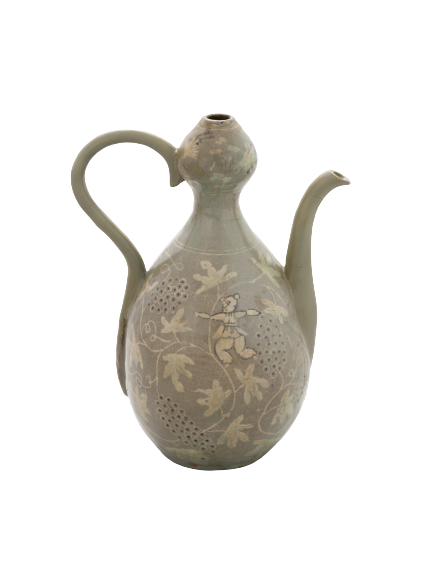

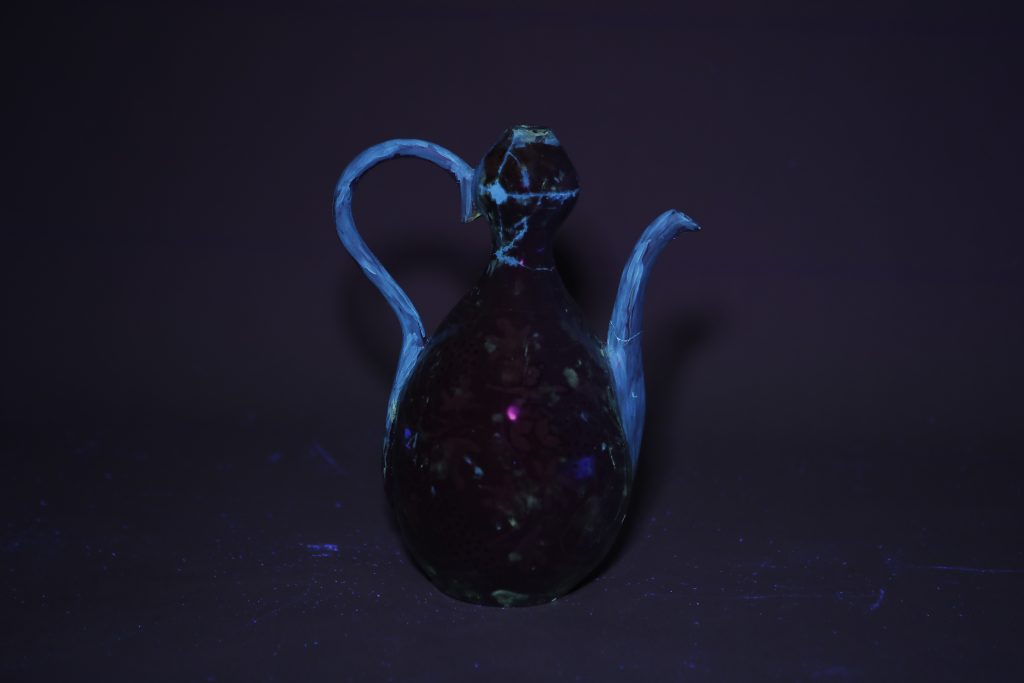

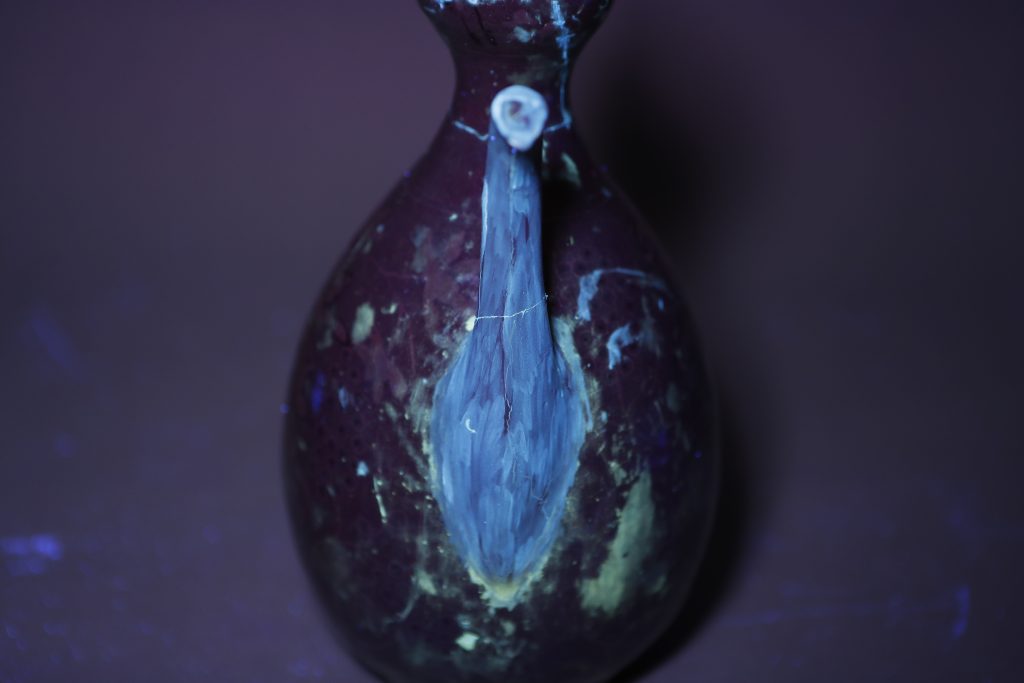

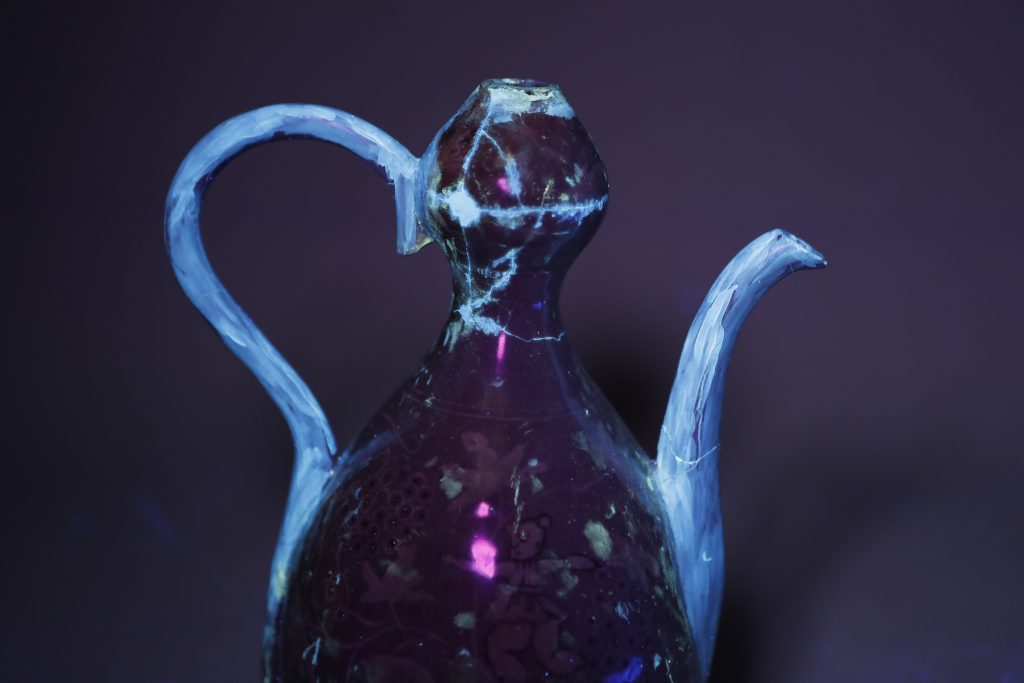



X-Ray Computed Tomography
X-ray Computed Tomography (CT) creates cross-sectional images, or “slices,” of an object to reveal its internal structure and form. Density is expressed by the use of different shades of black and white. CT images are used to identify the internal structure of artifacts and to represent this information in 3D structural images.
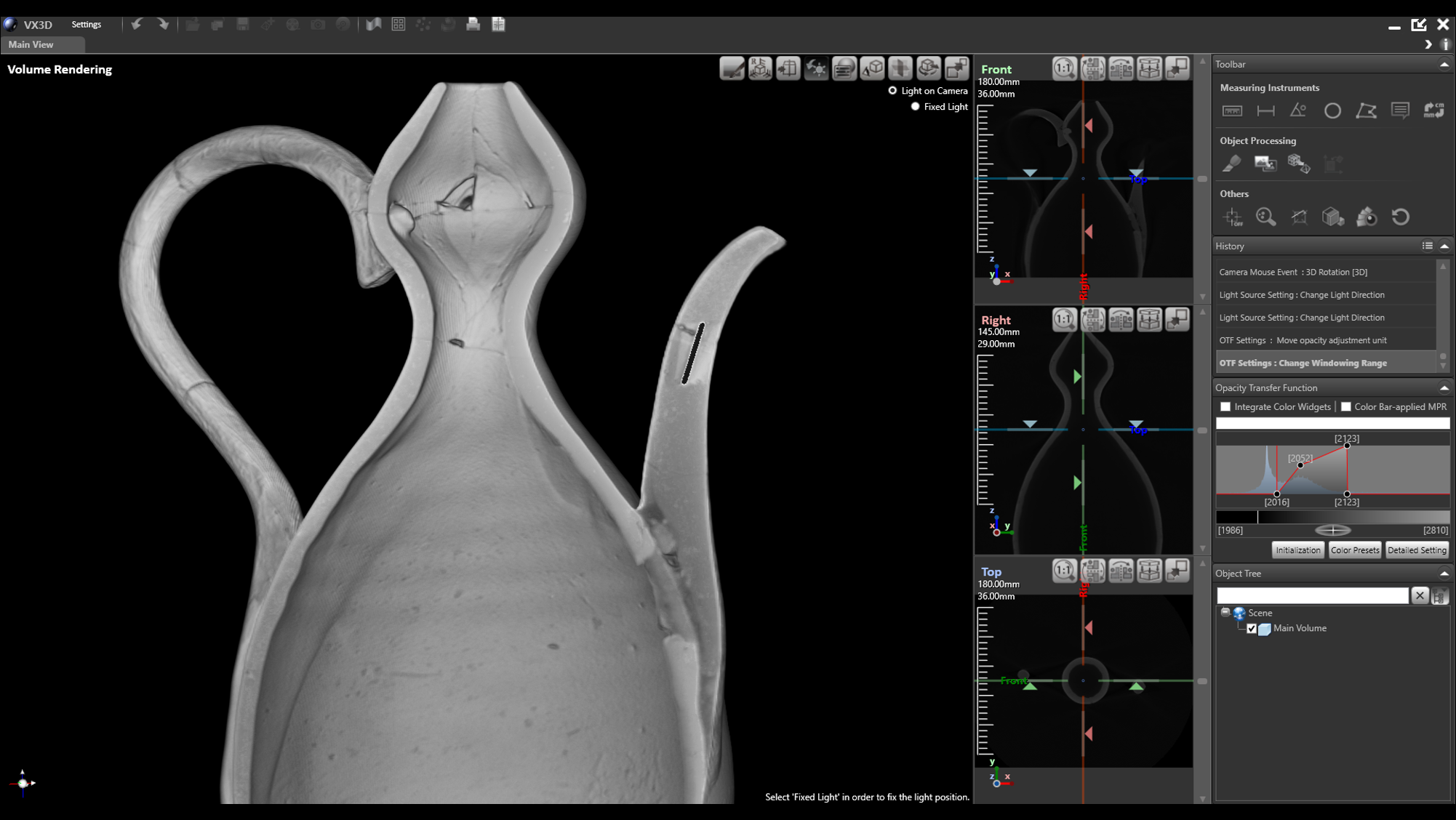
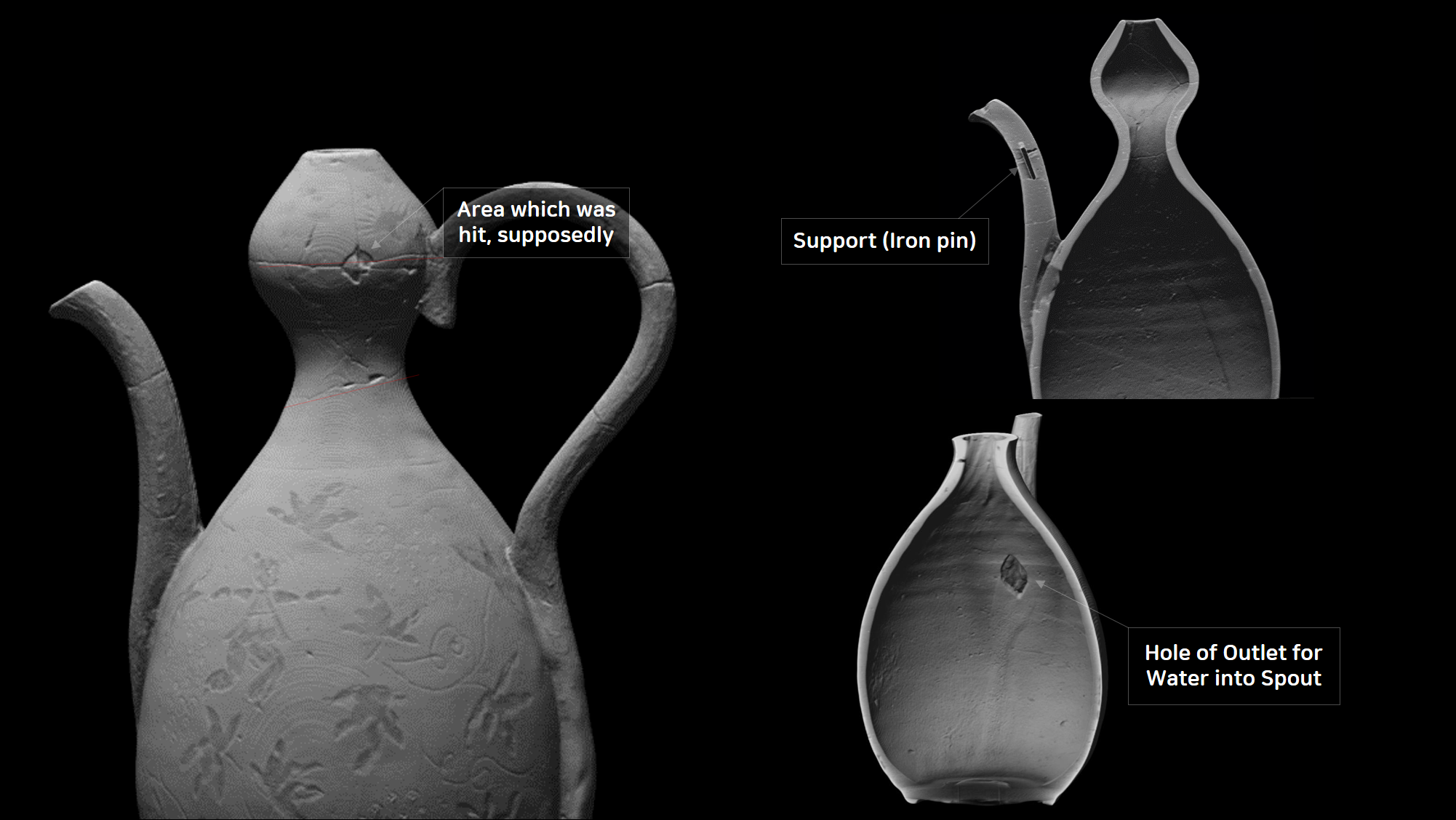
Cultural Heritage Testing: Taking It a Step Further through Light
X-ray, ultraviolet and infrared testing allow researchers to check for the existence of prior conservation treatment performed on cultural heritage properties as well as their internal condition invisible to the naked eye. In addition, the recent development of short-wave infrared (SWIR) and long-wave infrared (LWIR) cameras helps identify damage to artifacts and discover texts obscured by contaminants, thereby providing the scientific basis for conservation. In this respect, light can cast magic, unleashing the unimaginably rich history hidden inside cultural heritage artifacts.

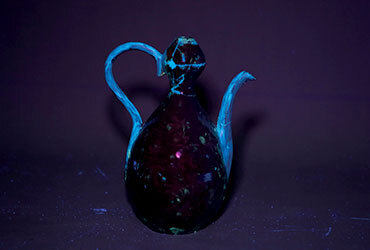
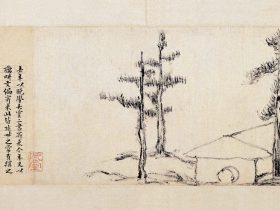
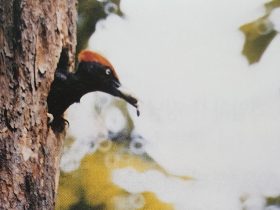
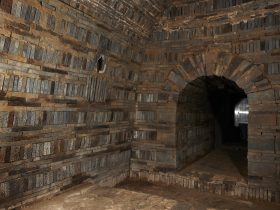
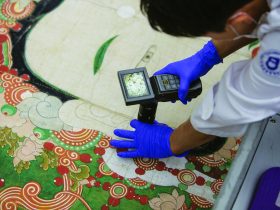
Leave a Reply